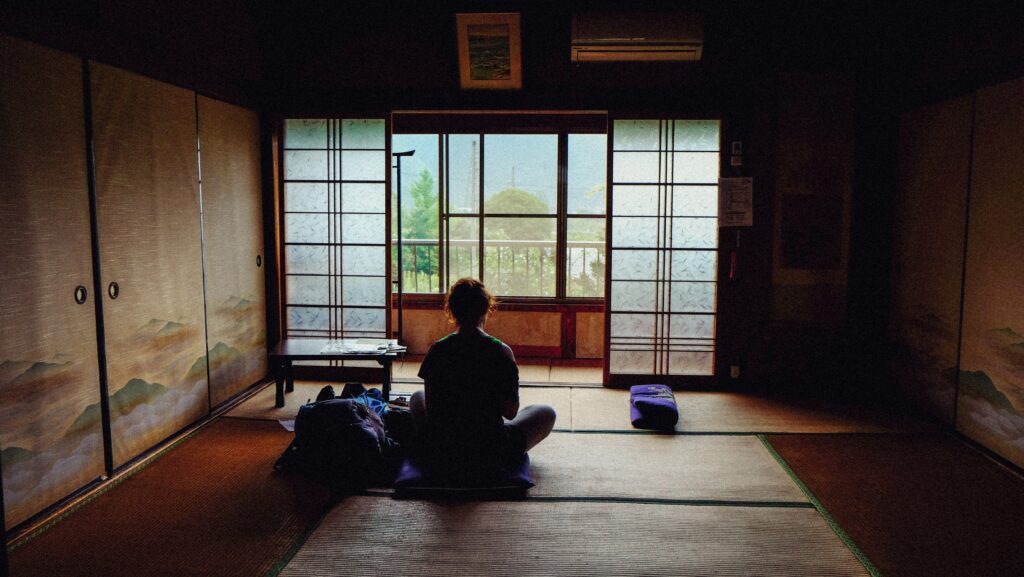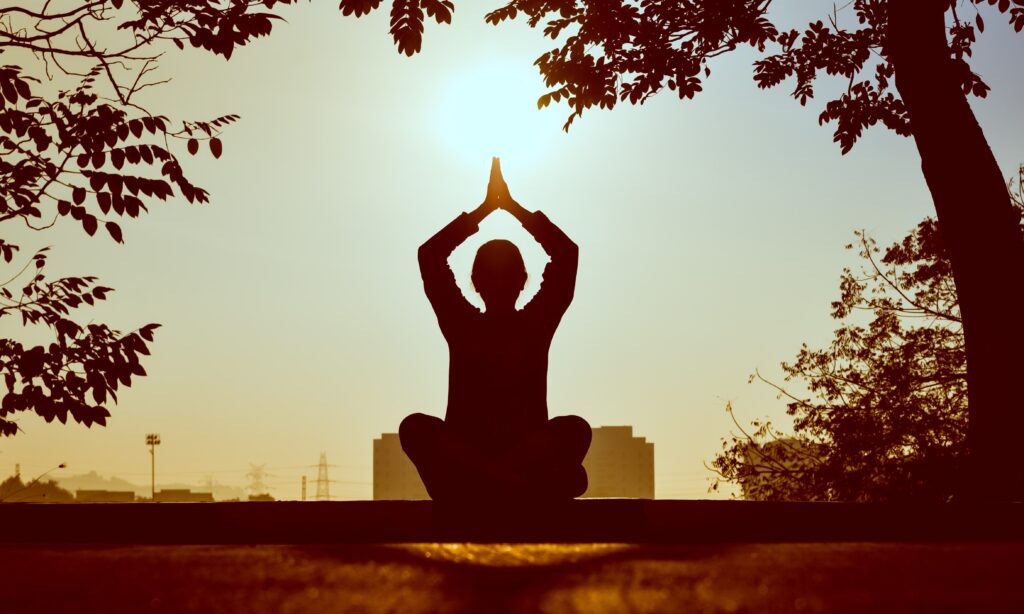Pranayama

Pranayama was new to me. I had no prior exposure to Pranayama. Where we were raised, we were more exposed to meditation. More precisely meditation practices of Theravada Buddhism. If you know how Theravada Buddhism works, meditation is the ultimate refining practice. There are fine scriptural teachings and code of conduct to follow. Breathing practices are not part of that code of conduct.
Hence this whole array of breathing practices was completely new to me. What was even newer was some yoga schools calling Pranayama “meditation”. So there was conflict there in me on Pranayama from the beginning. I simply didn’t like breathing practices are so loosely called meditation. And I was judgy. Even though I wasn’t great at meditation myself, I had ideas about it. And of course, I still think it shouldn’t be called meditation.
I wasn’t very good at it at first. And I did not like it either. Ok, I didn’t hate it. But I didn’t understand the importance of it to begin to like it. Nobody bothered to tell me. In a typical yoga class where I started learning yoga, priority is given to practice. Not for theory and there wasn’t too much talk in those classes. Which I very much appreciate. Because it’s the right thing to do in a class full of people with the packed city schedule in a developing country. Where everybody is stretched for resources. You’d much rather do the practices and reap benefits than sit and contemplate on theory. Everybody’s there to replenish the arsenal to fight the good fight for another week.
But, honestly some theory on why it is beneficial would have helped immensely. And back in the day I didn’t know it was ok to lie back in Shavasana if I wanted to, during any part of the class if I wanted to. And my then yoga teacher neither gave permission nor would he have appreciated me being in Shavasana when I should be doing Pranayama. I would have chosen Shavasana over Pranayama. That’s how much not-impressed I was with Pranayama.
I just went through with it as part of the class. The class was structured in a way that all sheathes of the body and mind is addressed and accessed in the right sequence. So, even though there wasn’t theory offered, right practices were definitely offered in the right structure. I’m not going to go into detail about sheaths (Khoshas) right now. There’s plenty of helpful articles you can look up on it with ease.
Now having gotten that cleared. Let’s look at why Pranayama is important. Or why it is important to me. Or why I changed my mind about Pranayama. Since there’s plenty of articles about why it is good for your overall wellbeing, I’m not getting into the how’s and why’s of Pranayama and how good it is for the nervous system and how it keeps you immune to disease.

Remember I discussed about how terrible I was at meditation in an earlier post? I know I told you what ultimately worked for me was kind of an epiphany and good dose of letting go and surrendering to the process. But what could also work is, doing a few rounds of Pranayama before your meditation practice. Yes, sure; even if you do mindful and active breathing and get back to your meditation, it’s not a sure fire way of keeping your mind alert of your breathing or on any other subject of meditation you choose. Or more importantly keeping the mind here and now. Which is what meditation is ultimately.
However, after a day of riotous mind activity and after a ton of multitasking and if your multitasking mind followed you to your meditation; Pranayama definitely helps you. It helps you as an exercise to the mind (vyayama). Ok, you can argue this is not what meditation is supposed to do, it is supposed to calm the mind and quieten it. You are right. But Pranayama helps you as a precursory. This is why some yoga schools do the Pranayama practice before the meditation practice. There are some schools that do Pranayama even before asana practice. And they too have very good reasons for scheduling Pranayama as first order of business.
Those schools that practice asanas first, use that technique to calm the body through a sequence of postures. And it is s pretty smart move to do yoga nidra right after asanas. Which helps calm the body further. And it extends to calming the mind. Then they move to Pranayama. Now the body is prime for meditation and mind is calm enough. Pranayama further calms the mind. This is a good premise to start meditating. Especially for the novice.
If that day you still didn’t get the meditation part right but because you did the breathing exercises before meditating, you’d still have achieved the Pranayama part of it. Which in its self is a great practice and has an surplus of benefits. So much so that some advanced practitioners and some not so advanced practitioners only do pranayama in a day’s practice. That’s all the yoga they do.
Once a therapist recommended me meditation. They followed up that with the question whether I did meditation. My answer was that I tried and that it was tough for me. Then they suggested that I do breathing practices. Breathing practices has an undisputed ability to calm the mind. It works effectively against anxiety.
Anybody who feels that meditation drives up their anxiety, especially the subtle practice of watching the breath; can try pranayama under a trained teacher. It always, always helps to acclimatize and attune the body with a breath synchronized asana (physical) practice first before Pranayama. Especially if you are brand new to yoga. Also, Pranayama is to be learnt with a teacher.

There had been many times in therapy sessions with my regular therapist where she gave me different types of breathing practices. Mind you, these are not typical pranayama practices. Nor do they call it that. I’m sure they haven’t heard of it nor aware of it. In fact, most of the therapists who recommend these breathing exercises are not trained in yoga or exposed to yoga. However, there are multiple science backed breathing practices therapists use as tools of help for the patients. And they work every time.
If you think you are hopeless at meditation and you really need it; start with a simple yoga class which always schedules pranayama and meditation to their class. There are so many types of classes and some classes with little or no pranayama and meditation is more popular. People are more tactile and assess the practice by how much physical exertion they get. This type of classes are good in its ability to exhaust the body. And it’s a great physical release. If that’s what you are looking for. You still get your fill of anxiety release.
But the key to a complete practice is accessing all the sheaths of our physical, in order to get to a more effective and assimilated stability of mind. To access all the sheaths of our physical, breathing is important.

